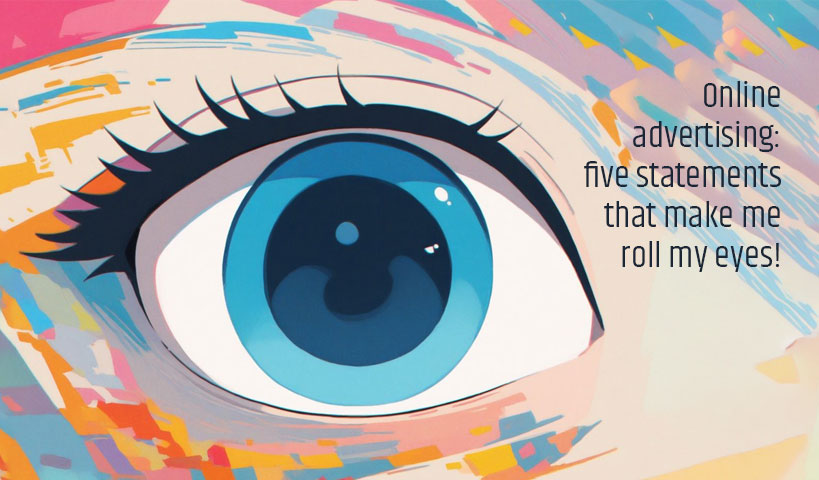
Last May, I started an Adwords campaign about Cryptolocker, a computer virus of the “ransomware” kind that affected a growing number of companies. The campaign was commissioned by Équipe Microfix, a company that specializes in IT infrastructure and IT.
When you create an pay-per-click campaign, the landing page is key to obtain a high conversion rate. Adwords defines this page as “the Web page that users access after clicking on your ad.”
The URL of this page must match the destination URL when creating the ad. Also, when creating a landing page, Google policy states that the page and the URL displayed in the Adwords ad must share the same domain (that is to say, be on the same site).
Moreover, to put better odds on your side, the feel of the landing page is important. This is one factor that determines the quality of a keyword in a Google Adwords campaign. This is what will position the campaign ads properly. We measure the feel of the landing page by using the utility and relevance of the information provided on the pages that are measured: if they have a link with the Adwords campaign, according to the ease of navigation and the number of links on a particular page.
Furthermore, to create a landing page that converts, the same keywords must be included in the Adwords ad and the landing page. A perfect match between the PPC and the message on the page is necessary.
In addition to allowing Équipe Microfix to be on the first page of the Google search engine, the Cryptolocker campaign worked very well. Indeed, the conversion rate reached 10%, compared with that of the industry, at 5%.
The main success of the campaign is its conversion level. The conversion rate almost reached 10%.
[Tweet “The “landing page” has indeed converted nearly 40 people from the 376 people who clicked. “]
To conclude, let’s remember what I said in a previous article (Why should you start an Adwords campaign?). Here are some interesting statistics about the importance of a Google Adwords campaign:
- 30% of the visits on an internet site referenced on Google come from paid links
- 80% of users are affected by paid advertisements from Google.
For more information, you can read the case study here.




